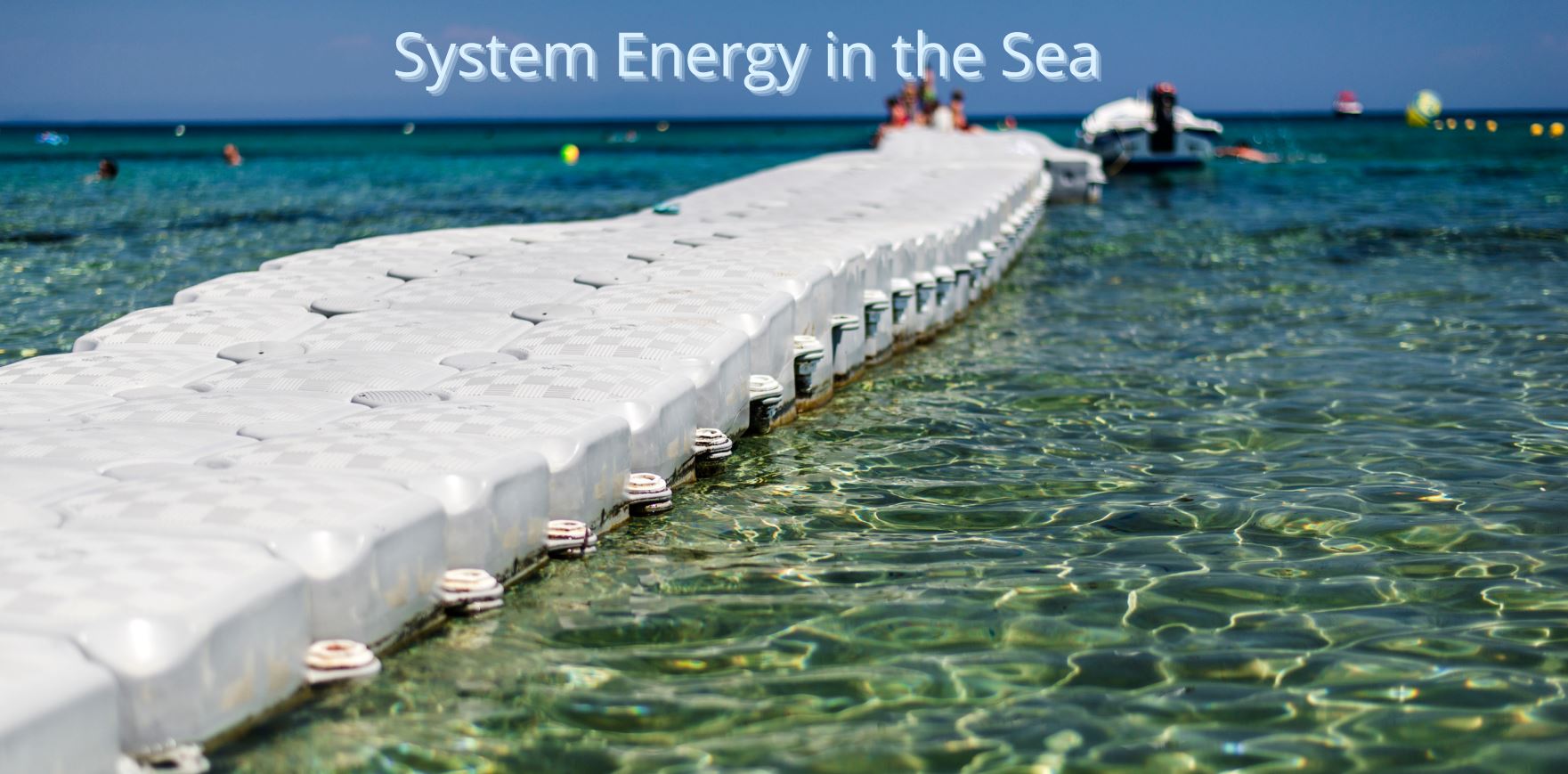Seventy-one percent of the world’s surface is covered by water. Seventy percent of the world’s population lives within five kilometers of water. Water is essential to our everyday lives, and since the beginning of humanity, we have been completely reliant on it, using it in various creative ways. We have wanted to conquer, control, and even use its vast space to live on it. During the Roman Empire, for example, aqueducts would provide water and life to otherwise barren areas.
In medieval times, water was used for crushing corn through mills, and societies such as The Netherlands completely reorganized their society to fit in, on and around water. With its hundreds of intermingling canals, Amsterdam is built on stilts above the water. Today, as sea levels rise and climate change becomes even more aggressive, populated areas are increasingly at risk of flooding. It is more important than ever to find solutions to our problems by using the vast space water can provide. Why waste our already limited space on land if we can use the millions of hectares of sea and water space for our needs?
Existing Innovations
There are already many exciting innovations based on water use and the space it can provide. This has been especially prevalent in the renewable energy industry. Before popular renewable energy, the ocean was the go-to place for large fossil fuel companies such as Shell and BP. They harnessed millions of gallons of oil from the depths of the sea. They would park huge floating oil rigs on the ocean’s surface. Today many energy companies have shifted away from fossil fuels and moved towards more renewable energy forms such as wind farms and solar farms.
Huge wind farms have been built off the coasts of hundreds of countries, far enough to be almost invisible to the people living on land. As well as wind farms, it has become increasingly popular to put solar farms on water. This is possible by creating floating solar parks and solar panels that are light enough to swim and still harness vast amounts of energy. Another renewable energy source uses the ocean’s tidal energy. Tidal energy consists of a considerable suspension system that can float conspicuously under the surface and create energy from the traction and movement of waves above it.

Even more conspicuous
Researchers from the University of Cambridge have designed a lightweight, flexible device that uses solar technology to convert light into fuel. According to a study led by Professor Erwin Reisner, these devices are ultra-thin ‘leaves’ that can float on water – and could eventually go “almost anywhere, moving [renewable energy] production to open water would mean that clean energy and land use aren’t competing with one another,” says Reisner. “In theory, you could roll up these devices and put them almost anywhere, in almost any country, which would…help with energy security.” This could be extremely useful for many industries as it is lightweight, portable, and powerful. It can also be camouflaged as a leaf, making it quite an attractive piece of equipment and secret. Hence, it could be used flexibly in the shipping industry so that ships could use these 1mm thick devices to power their fleets while moving.

How do the solar leaves work?
These artificial leaves differ from the original solar panels you might buy for your home’s roof. These solar panels use ‘photovoltaic’ cells to generate electricity from sunlight. The leaves, on the other hand, contain solar fuel cells. Solar fuel cells use energy from sunlight to stimulate chemical reactions that produce fuel. This process emulates photosynthesis, the natural process of plants converting sunlight into food. However, the most significant sustainable aspect of all this is that they are tiny and use minimal material. They are the size of a leaf, which means that the production process, such as mining materials, design, construction, labor, etc., can also be minimized. The less material needed to produce a renewable energy source, the better. Why use huge wind turbines and vast solar parks if you can use a leaf?

